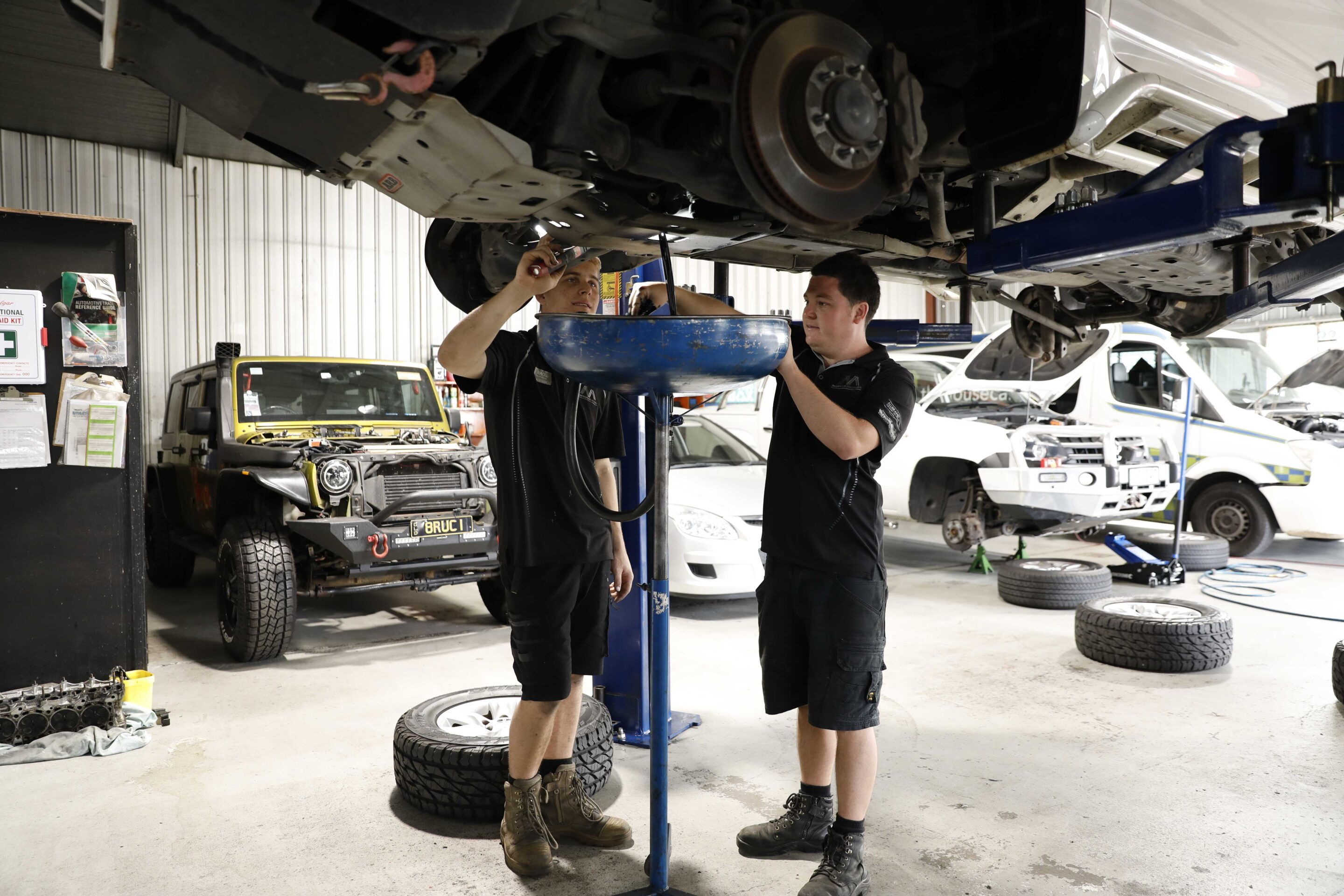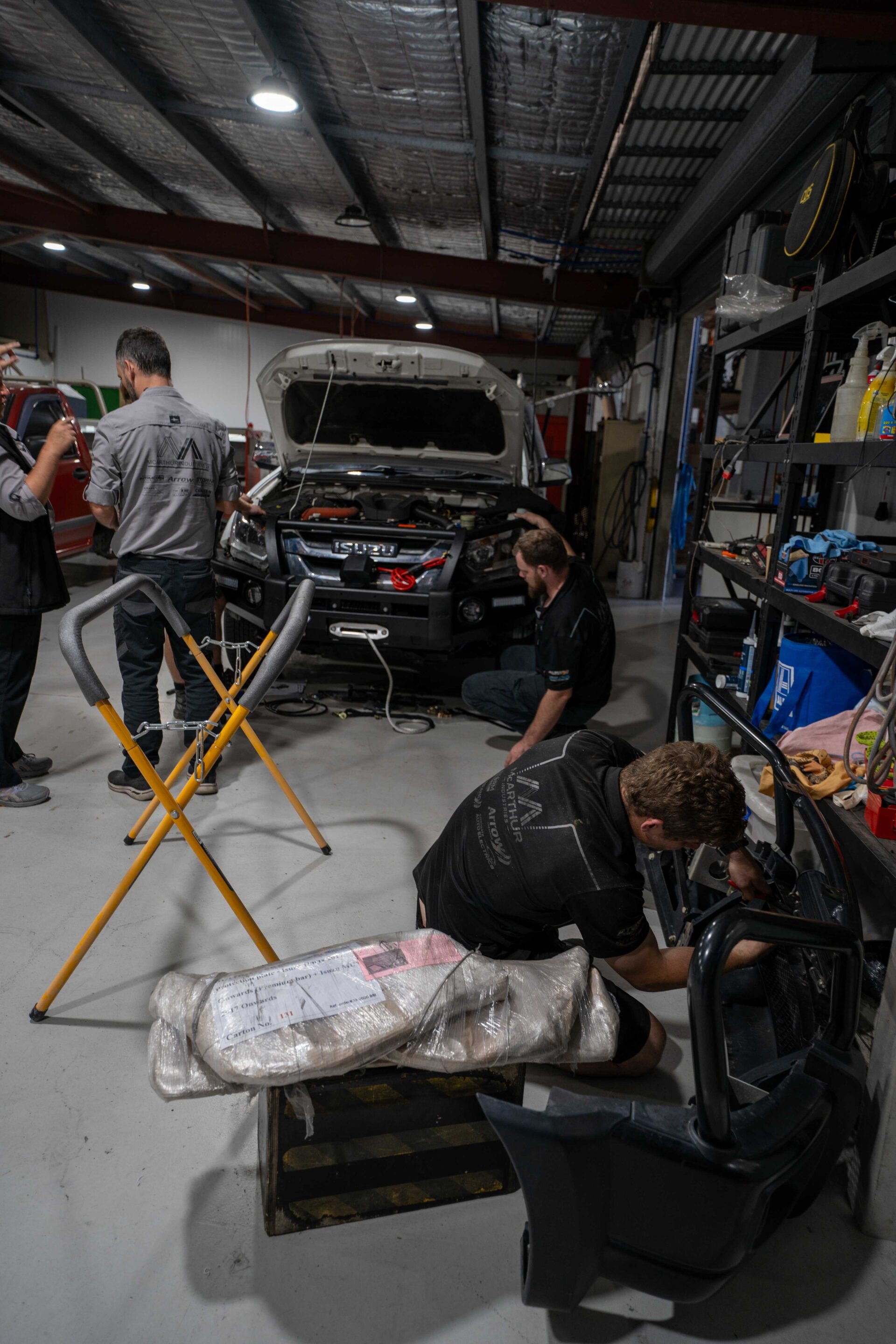Engine Management Systems

Engine management system is a vital service for your cars. This is because controlling the engine is intensive for the processor on your car. Essentially, the engine control unit (ECU) is the most powerful computer in most cars.
Basically, the ECU is a computer. The ECU interprets electrical signalsfrom various sensors. It calculates the correct fuel/air mixture to deliver to the engine. Then, it allows it to respond to various driving situations.
Moreover, the engine requires various amounts of fuel. It needs to suit different operating temperatures (ie: cold engines require more fuel). As it does, the ECU needs to establish the engine temperature. This is done via the coolant temperature sensor. We’ll take a look at that through our engine management system.
Furthermore, with our engine management system, we will take a look at your car’s air temperature. As we all know, ambient air temperature also plays a role. Basically, an air temperature sensor sends a signal to the ECU. This will help determine the need for richer or leaner fuel mixtures.

The ECU signals the fuel pump to run when you turn the ignition key to the start position. The throttle position sensor helps the ECU determine whether the engine is idling, accelerating or at full throttle. Then, the ECU adjusts the fuel mixture to suit. Then, it delivers fuel under pressure to the top of the fuel injector. This delivers fuel in a fine spray into the induction system. The crank angle sensor gives the ECU an indication of engine speed and piston position. This is to help the ECU determine injection timing.
Engine management system also use the ignition system. It controls spark timing which results in optimised performance and emission levels. Most modern cars have a direct ignition system. It uses an ignition coil for each cylinder. The ECU fires the coil at the correct time using references from various sensors.
Likewise, the ECU performs millions of calculations each second. This includes looking up values in tables, calculating the results of long equations. This is to decide on the best spark timing and determining how long the fuel injector is open. The ECU does all of this to ensure the lowest emissions and best mileage.


Ever wondered why your car has a computer?
After all, your dad’s car probably didn’t have one and it ran just fine!
The original need for a computer was the demand for fuel efficiency. Also, for minimising emissions. The technology was born 50 years ago. This is from a top secret Bosch project for electronically controlling fuel injectors and spark plugs. Until then, carburettors ruled the roads. And the few engines with injectors were purely mechanical. Soon, the Bosch technology worked really well and many features were added. Today, almost all cars need their computer just to be able to run.
The computer accurately fires the injectors by continuously measuring the exhaust gasses. It does this to ensure that the fuel is burning perfectly inside the engine. Also, it adjusts the engine settings for variations in altitude, temperature, and fuel quality. If your car has Variable Valve Timing, it controls that too. Modern cars have gone well beyond the basics. And your car will have several computers allocated to different functions. For exmaples are airbags and safety, immobiliser, anti-lock brakes and traction control. Also, they include monitoring of hundreds of sensors. Specifically, tyre pressures, fluid levels, fused light bulbs, and your trailer connector.



Great Engine Management Systems For Manufacturers
Bosch has some big competitors today, such as Denso and Delphi. Likewise, there are many great Engine Management Systems for manufacturers to select when designing a car. Few manufacturers make their own though. Because the technology is complex. You might find two computers that look the same in two different cars. But beware! They generally are not interchangeable. Each ECU is programmed for only one exact model of car. Also, the vehicle security may prevent it from working in another car. At Sandgate, we have the right people to help you with any problem with your car’s computer. Leave it to us and we will get it sorted.
All the latest cars have a standard OBD-II connector, which stands for On-board diagnostics. At Sandgate, we have the special equipment needed to connect to your car’s OBD-II port. This gives us access to your car’s computer, just the same as your local official dealership. We can see the diagnostic codes in the computer and reset any error codes. This functionality also enables us to make duplicate keys for you, keeping your car secure. If your car was made before 2002 it won’t have an OBD port, but we can still help you.
Contact us or visit our shop if you need expert opinion on which engine management system best suits your car.

Recent advances in self-driving cars brings us amazing features. These includes Intelligent Parking Assist (IPAS). Although, it might feel like cheating, but this is today’s trend. We are at the dawn of an era of self-driving cars. This has brought Nvidia, your computer graphics card manufacturer into the game. In only a few years, we predict that the grey nomads will be cruising safely across Australia in self-driving campervans. We, at Sandgate will be here to help them.
